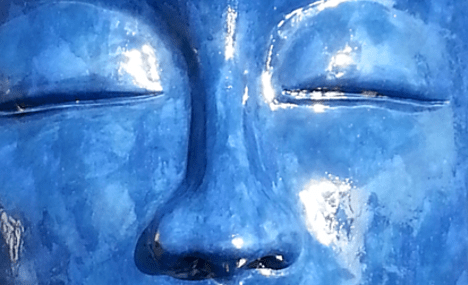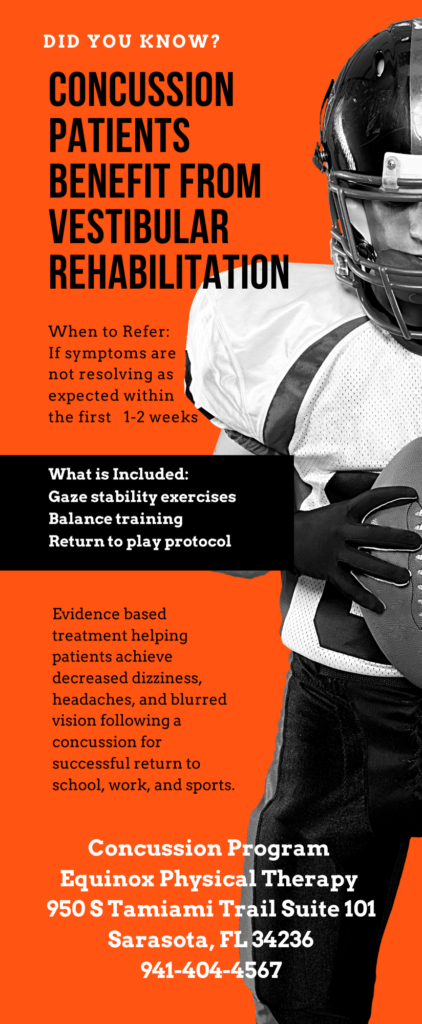Facial paralysis occurs
when the facial nerve is damaged and unable to send messages to the muscles of
the face that create facial expressions. This problem can occur for several
different reasons. Some causes include: tumor, trauma, stroke, or genetic
disorders.
The most common cause of facial paralysis is due to Bell Palsy. While most of
the time, Bell Palsy patients recover fully, research tell us that about 20-30%
have lasting weakness or paralysis.
I first started treating people with facial paralysis because I was a
vestibular specialist. The vestibular system or inner ear balance system is
innervated by cranial nerve 8 (the Vestibular Nerve). The muscles of the face
used for facial expression are innervated by cranial nerve 7 (the Facial
Nerve). These 2 nerves run side by side on their way to the brain in a tunnel
in the bone called the Internal Auditory Canal (IAC). This is a very narrow
space, with only enough room for the nerves to travel. If a tumor is growing in
this small place, or an infection travels to this area, both nerves can be
damaged. We see this with large acoustic neuroma tumors, or with infections
such as Ramsey Hunt Syndrome.
When facial paralysis does occur, it can take a lot of time for the nerve to
heal. The first signs of movements of the face can be only just a flicker, but
as the nerve heals, the movements can become stronger. Working with a physical
therapist who has special training in treating facial paralysis can help
improve the outcome for patients with this problem. They can teach a person
what to expect while they are recovering, how to do stretches to ease pain and
tightness in the face, how to retrain the muscles to move in a symmetrical way
with the unaffected side of the face, and how to manage a condition called
synkinesis (when facial muscles which should not be working when making a
certain expression try to “help” anyway).
*Sculpture by Jun Kaneko 2007, Untitled Head in Glazed Ceramic and
Steel
941-404-4567
[email protected]




